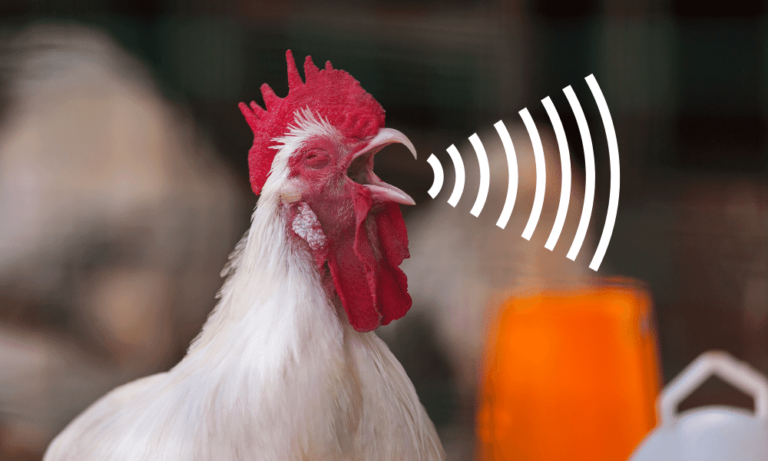In 1978, NASA scientist Donald Kessler proposed a scenario where low-Earth orbit becomes so crowded that a series of collisions begins, leading to still more crashes from the resulting debris.
Fast forward to 2021, and it’s looking a lot more like this could become a reality. More satellites than ever go into space, most notably Elon Musk’s Starlink program that will blanket the planet in internet access.
The junk isn’t all satellites—there’s often material left over every time a rocket flies into space. Pieces of anything traveling at high speeds around sensitive equipment are a recipe for disaster.
And there really aren’t any reasonable solutions for cleaning up the space junk. So how long until Kessler’s prediction comes true and a few collisions create a chain reaction, decimating the satellites in orbit?
Turning this into a story, what if personal spacecraft are designed to collect this space junk in the future?
A family man goes into low-Earth orbit for weeks or months—similar to oil rig tours. Then, he comes home and spends his hard-earned dollars and relaxation time with his family.
But he’s the best pilot there is, having spent time in the military before his second career. Because of his experience, he’s chosen for a mission to a distant star system. There, valuable resources are surrounded by an asteroid belt with the same density of debris as the Earth’s low orbit.
His task? Fly a group of scientists to the center.
The job means he’ll miss a lot of time while his kids grow up, but they’ll never have to worry about money again. So ultimately, his sense of duty compels him to go.
After hibernating during the deep-space travel, he wakes up and begins flying towards the center of the mass, where the resources are. Except, he gets word that the Kessler effect took hold on Earth, and all communications satellites are down.
Come to find out, it was an inevitable event, and the scientists were tasked with studying how the planet supported a similar quantity of space debris without damaging collisions.
Our hero drops the scientists off, hoping they have a solution by the time he wakes up from deep space travel back at Earth.
By the time the pilot gets back to Earth, the collisions have become so frequent that it doesn’t look like he can get through the debris without damaging his ship. But, in an inspired performance, he flies through the rubble and lands on Earth, rescuing his family by flying them back out and taking them to a base on the moon.
On the moon, the scientists in deep space contact him, telling him that, according to their analysis, blowing up the largest satellite in orbit at a precise time will create debris that vaporizes the surrounding objects and reduce the overall density. So the pilot has to go against the leader of the moon colony’s orders, stealing a ship and a bomb, then goes into the debris field knowing there’s a chance he’ll die.
After the explosion, we see him in a spacesuit, his grappling hook on an asteroid as he flies around the Earth.


